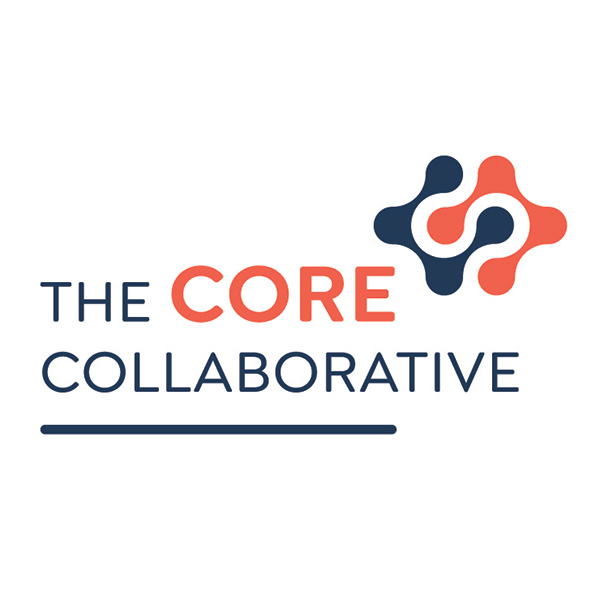Think back to a time when you struggled to grasp a new concept. Now imagine a learning environment where your individual needs are met with patience and tailored support, ensuring you master each topic before moving on. This is the essence of mastery learning. By revolutionizing how we approach the learning process, mastery learning is making classrooms more equitable, inclusive, and empowering for every student, paving the way for lifelong success and a genuine love of learning
Mastery learning stands out for its commitment to equity, inclusion, access, and belonging. This approach, rooted in the belief that all students can achieve high levels of understanding with the right support and time, challenges traditional, industrial models and offers a transformative vision for teaching and learning.
 What is Mastery Learning?
What is Mastery Learning?
Mastery learning is an educational philosophy and practice that ensures students grasp a subject or skill thoroughly before moving on to more complex concepts. Instead of being bound by a fixed curriculum pace, students advance at their own speed, taking the time they need to achieve mastery. This approach is characterized by several key components:
- Clear Learning Goals and Success Criteria: Specific goals are set for what students need to know and be able to do. Success criteria is co-constructed with students based on examples so students grow clarity.
- Deliberate Practice: Deliberate practice, as described by Anders Ericsson, is a highly structured activity aimed at improving performance by targeting specific skills through repetitive, focused goal-directed practice combined with reflection and immediate feedback. This method emphasizes pushing beyond one’s comfort zone, continuously refining techniques, and addressing obstacles to achieve expertise.
- Frequent Formative Assessment: Regular formative assessment identifies gaps in understanding and informs instructional adjustments to ensure feedback is responsive to learner needs. Self-peer assessment and goal setting are vital to ensure students grow learner agency.
- Targeted Interventions: Personalized tiered support is provided to help students overcome learning obstacles. Habits of learning are infused into all tiers of support to ensure learning transfer.
- Progress Based on Mastery: Students progress only when they have demonstrated a thorough understanding of the material. They monitor their progress in partnership with their teacher. They set goals and work with an accountability partner to ensure progress.
Benefits of Mastery Learning
Mastery learning offers a multitude of benefits, particularly in fostering an equitable and inclusive educational environment:
- Personalized Learning: By allowing students to progress at their own pace, mastery learning respects individual differences in learning styles and speeds. This personalization ensures that no student is left behind or held back, promoting a sense of belonging and self-efficacy.
- Increased Retention and Understanding: Mastery learning emphasizes depth over breadth, ensuring students have a solid grasp of fundamental concepts before moving on. This leads to better long-term retention and a deeper understanding of the subject matter.
- Reduced Opportunity Gaps: By providing targeted interventions and support, mastery learning helps close opportunity gaps that often impact marginalized and underserved student populations. This approach ensures that all student have access to the resources and time they need to succeed.
- Enhanced Motivation and Confidence: Mastery learning builds confidence as students experience success and mastery at each stage of their learning journey. This positive reinforcement fosters a growth mindset and a love for learning.
 Examples of Mastery Learning in Action
Examples of Mastery Learning in Action
Mastery learning can be implemented across various settings and subjects. Here are a few examples:
- Mathematics: In a mastery-based math classroom, students might work on a specific set of problems until they demonstrate a thorough understanding. Those who struggle receive additional resources and support, such as one-on-one tutoring or small group instruction, until they achieve mastery.
- Language Arts: A mastery approach to reading and writing might involve students progressing through a series of literacy skills, such as phonics, vocabulary, and comprehension strategies. Regular assessments and feedback ensure that each student reaches proficiency before moving on to more complex texts and writing tasks.
- STEM Education: In science and technology courses, mastery learning can involve hands-on experiments and projects. Students might repeat experiments or revise projects until they achieve the desired outcomes, ensuring a deep understanding of scientific concepts and technological skills.
- Physical Education: In a mastery-based physical education class, students might work on specific physical skills, such as dribbling a basketball or mastering a yoga pose. They receive personalized feedback and additional practice opportunities until they can perform the skills proficiently. This ensures all students, regardless of their initial fitness levels, can achieve physical literacy.
- Elective Courses: In elective courses such as art or music, mastery learning allows students to develop and refine their skills at their own pace. For example, in a music class, a student might work on mastering a section of music, etude or scale through repeated practice and feedback until they can perform it confidently. Similarly, in an art class, students might work on a particular technique or project until they achieve the desired level of proficiency.
- Computer Adaptive Practice: Integrating mastery learning with computer adaptive practice platforms like i-Ready or Zearn creates a powerful synergy that revolutionizes the learning experience. These platforms leverage advanced algorithms to assess students’ current levels of understanding and provide personalized learning paths that adapt in real-time to their needs. By combining this technology with mastery learning principles, educators can ensure that each student receives targeted practice and instruction precisely at their level of readiness.
Equity, Inclusion, Access, and Belonging in Mastery Learning
Mastery learning inherently promotes equity, inclusion, access, and belonging. Here’s how:
- Equity: By tailoring instruction to meet the needs of each student, mastery learning addresses disparities in educational outcomes and provides equitable opportunities for all students to succeed.
- Inclusion: This approach accommodates diverse learning needs and styles, creating an inclusive environment where every student feels valued and supported.
- Access: Mastery learning removes barriers to learning by providing the necessary time, resources, and support for all students to achieve mastery. This ensures that every student has access to high-quality education.
- Belonging: As students experience success and receive personalized support, they develop a sense of belonging and confidence in their abilities. This fosters a positive and inclusive classroom culture where all students feel they are part of the learning community.
 Mastery Learning Creates Opportunities
Mastery Learning Creates Opportunities
Mastery learning is more than an evidence-based approach; it is a vision for an inclusive and equitable educational system where every student has the opportunity to succeed. By allowing students to progress at their own pace and providing the necessary support to ensure mastery, we create a learning environment that values individual growth and fosters a sense of belonging. As educators, embracing mastery learning means committing to the potential of every student and paving the way for a brighter, more equitable future for absolutely every learner.


